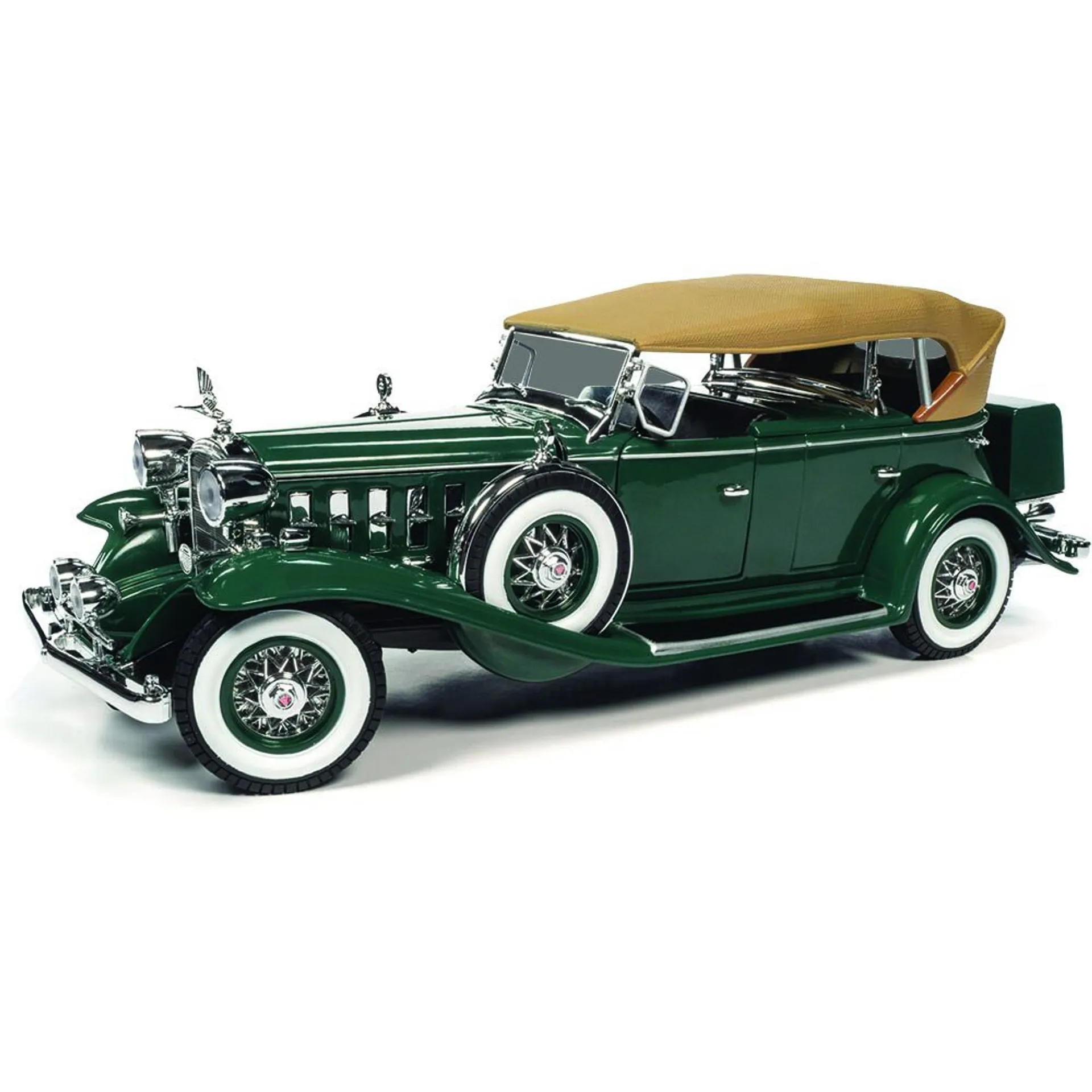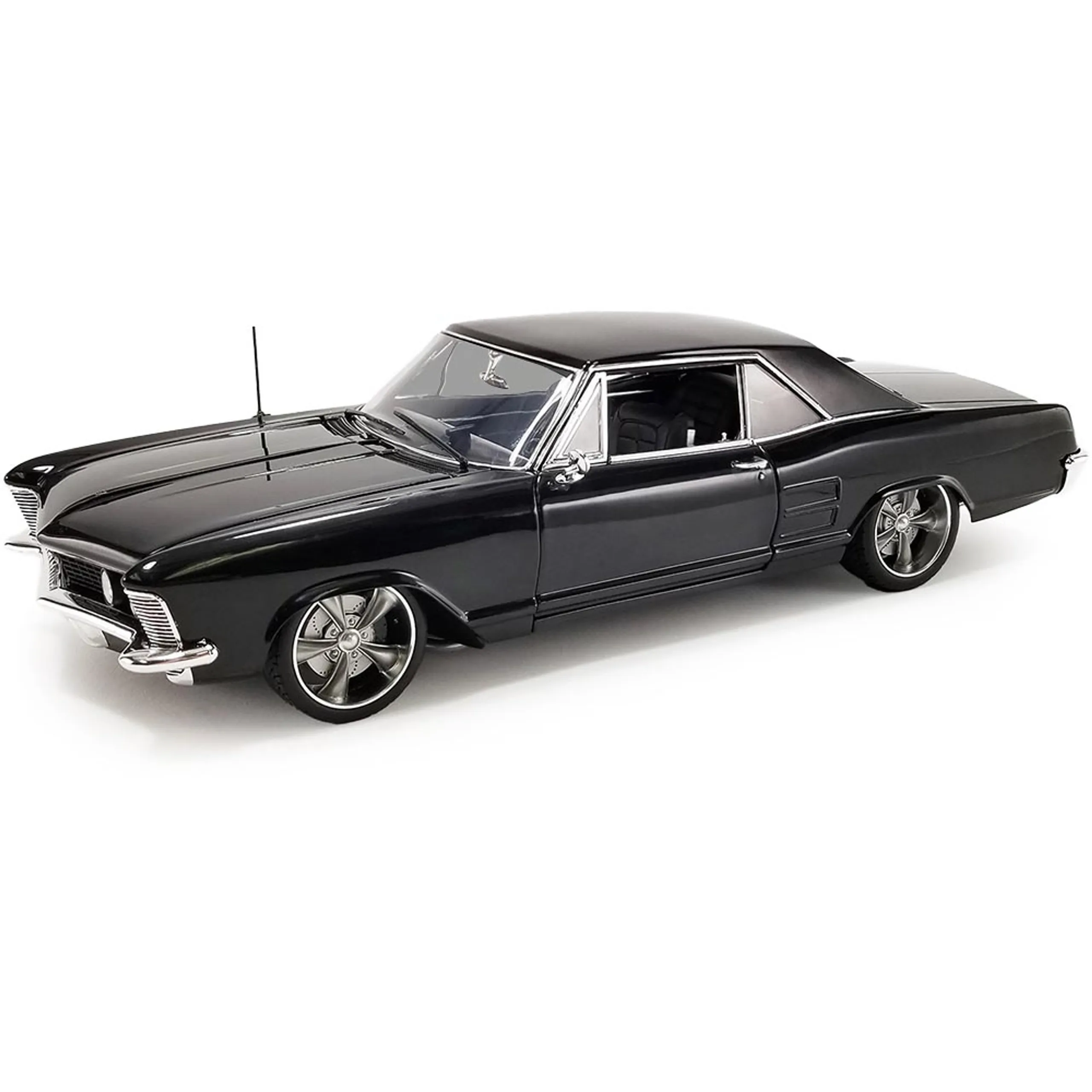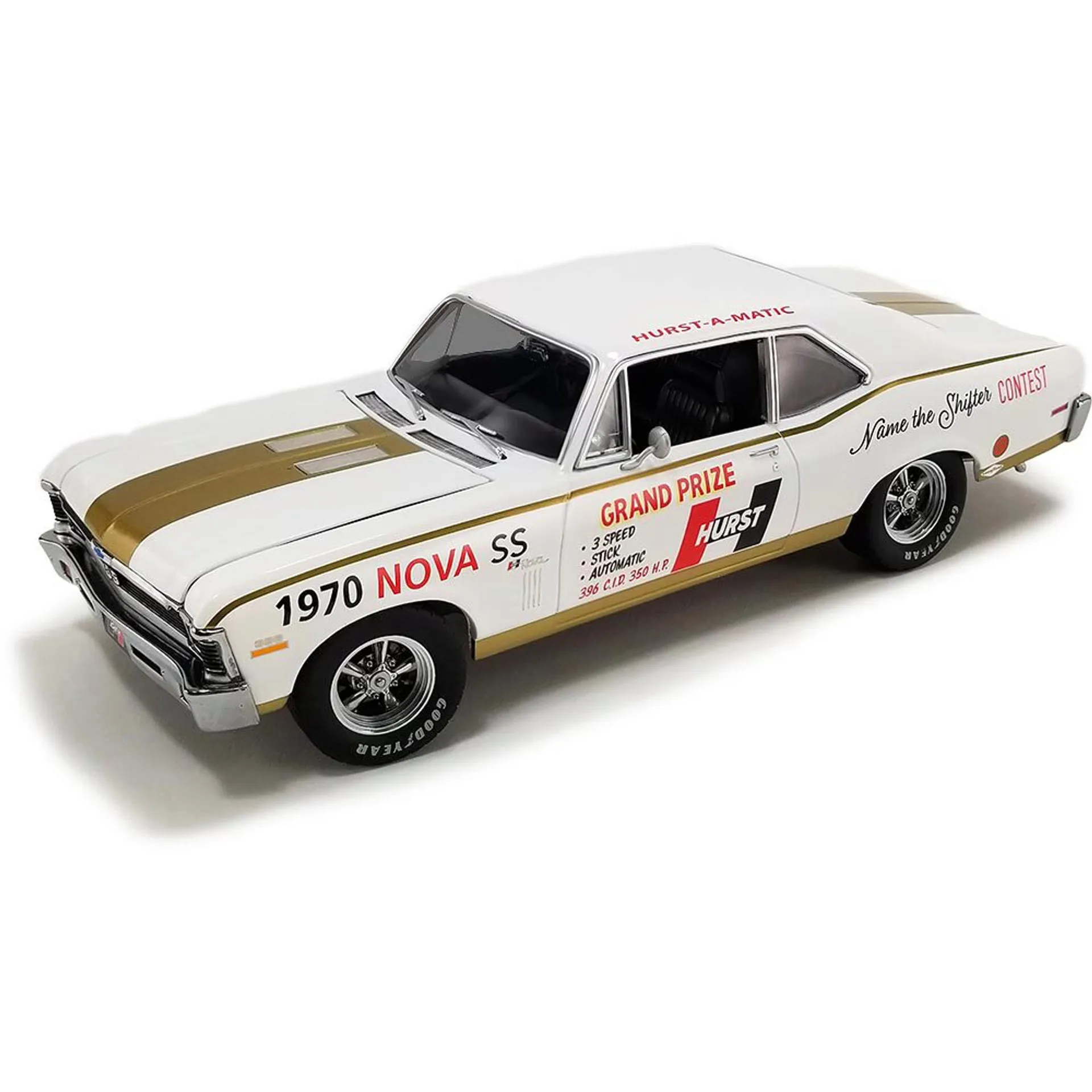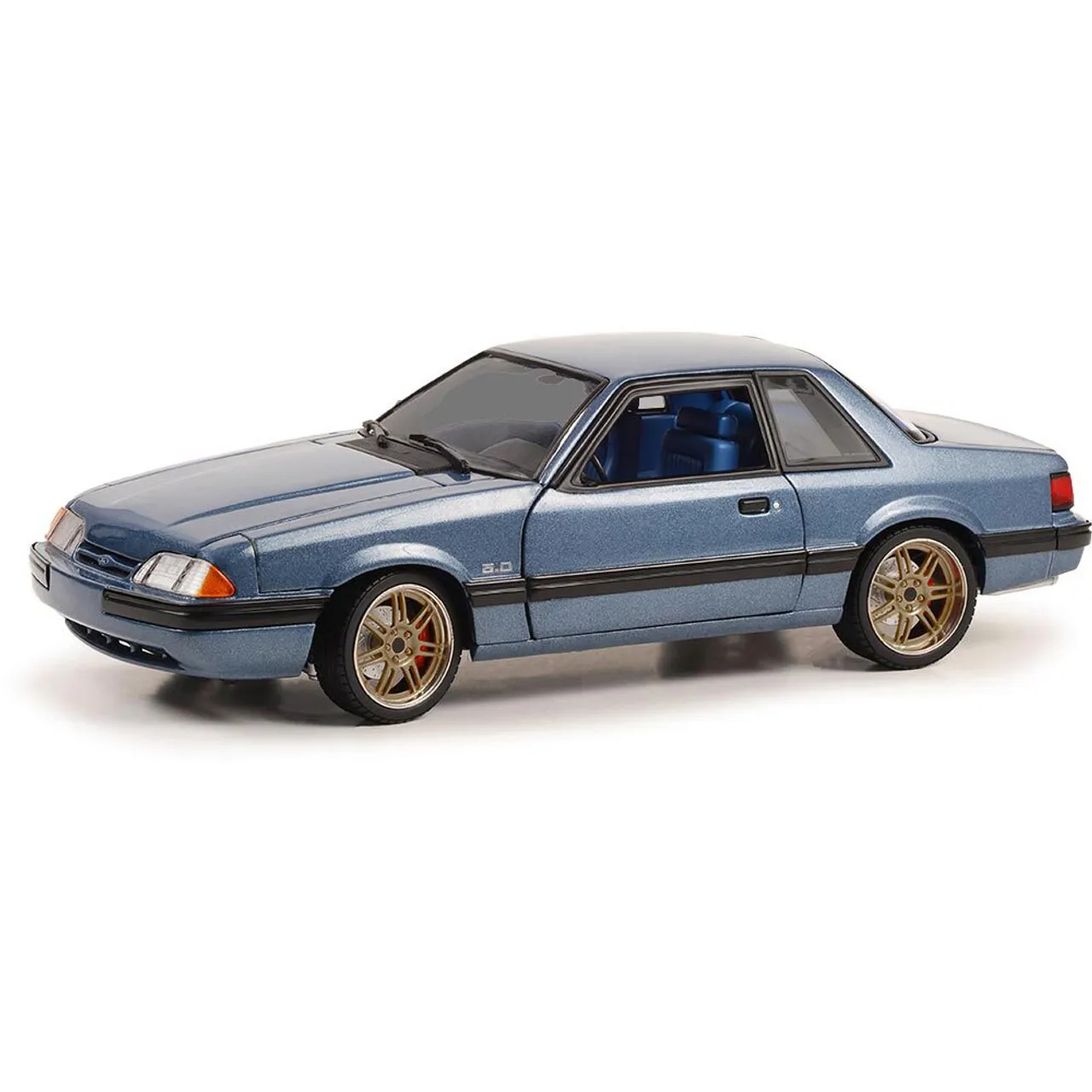What are Custom Diecast Car Replicas
Custom diecast car replicas are meticulously crafted miniature versions of real-life vehicles, created by enthusiasts who enjoy modifying and personalizing these models. These aren’t just toys they’re highly detailed representations often built to specific scales and customized to reflect the owner’s preferences or to replicate a particular car. The appeal of custom diecast cars lies in the blend of artistry, craftsmanship, and the passion for automobiles. Building custom diecast replicas can be a rewarding hobby, providing a creative outlet and an opportunity to connect with other enthusiasts. The process involves acquiring a diecast model, modifying it through various techniques, and adding custom details to achieve a unique and personalized miniature car. This guide will take you through the essential steps and provide valuable insights into this captivating hobby.
Understanding the Basics
Before diving into the world of custom diecast cars, it’s essential to understand the basics. This includes understanding what diecast models are made of, the common scales, and the tools and materials required. Diecast models are typically made from a zinc alloy, which is durable and allows for intricate detailing. They offer a solid base for customization. The scale of a diecast car refers to its size relative to the real car. The most popular scales are 1:18, 1:24, and 1:43, with 1:18 being the largest and most detailed, making it popular for serious collectors and customizers. Materials such as paints, primers, decals, and various detailing parts will be needed. Knowledge of these fundamental aspects ensures a smooth start and helps achieve better results.
Different Scales Available

Diecast car replicas come in various scales, each offering a unique experience. The scale determines the size of the model relative to the actual vehicle. Different scales cater to different preferences and levels of detail. The most common scales include 1:18, 1:24, and 1:43. 1:18 scale models are the largest and provide the most room for detailed modifications, making them a favorite among customizers who prioritize detail and accuracy. The 1:24 scale is a popular option, offering a balance between size and detail. These models are often more affordable and easier to work with than their 1:18 counterparts. Finally, 1:43 scale models are smaller, ideal for those with limited display space or who prefer collecting a wider variety of models. Choosing the right scale depends on your personal preferences, the level of detail you desire, and the space available for display.
Materials Used
The materials used in custom diecast car replicas are key to achieving a high-quality finish. Diecast models are primarily made from a zinc alloy, which is chosen for its durability and ability to hold fine details. Customization requires various materials such as paints, primers, thinners, and clear coats to achieve a professional look. Acrylic paints are a popular choice for their ease of use, quick drying time, and availability in a wide range of colors. Enamel paints offer a more durable finish but require more care and time to dry. Primers are used to prepare the surface for painting and to ensure the paint adheres properly. Decals, made from specialized materials, are used for adding details such as logos, racing stripes, and license plates. Various detailing parts like photo-etched parts, aftermarket wheels, and custom interiors are used to enhance the realism of the model.
Tools You Need
Having the right tools is crucial for successfully customizing diecast cars. A well-equipped workspace will enhance your workflow and the quality of your results. Essential tools include screwdrivers and pliers, needed for disassembling the model. Hobby knives and X-Acto blades are necessary for trimming and detailing. Sandpaper of various grits is essential for smoothing surfaces and preparing the model for painting. Airbrushes or spray cans are used for applying paint evenly and achieving a professional finish. Brushes are needed for applying paint to smaller details. A cutting mat protects your work surface while a variety of glues such as super glue and epoxy are needed for assembling parts. Detail brushes are used for applying paint to smaller details. With the right tools, you can achieve high-quality results.
Customizing Your Diecast Replica

Planning Your Project
Before you begin customizing your diecast car, careful planning is crucial to achieving the desired outcome. Start by researching the specific car you want to replicate or the custom design you have in mind. Gather reference photos, drawings, and any other inspiration to guide your work. Decide on the scale, the level of detail, and the specific modifications you want to make. This could include changing the paint color, adding custom decals, modifying the wheels, or altering the interior. Create a detailed plan outlining each step of the customization process. Make a list of the tools and materials you will need. Organize your workspace, ensuring that you have good lighting and ventilation, especially if you’re using spray paints or solvents. Planning saves time and resources and ensures a more satisfying result.
Disassembly and Preparation
Disassembly and preparation are essential steps in the custom diecast process. Begin by carefully disassembling the model, using the appropriate tools to remove parts without causing damage. Keep track of all the screws and small components to avoid losing anything. Once disassembled, thoroughly clean all the parts, removing any dirt, grease, or factory finishes. Use a mild detergent and warm water for cleaning. Prepare the body and parts for painting by sanding down the surfaces. This creates a smooth base for the paint to adhere to, ensuring a professional finish. Fill any imperfections or gaps with putty or filler, then sand them smooth. These preparation steps are critical for a smooth and detailed outcome.
Painting Techniques

Painting is where your vision comes to life. The choice of paint and painting technique significantly impacts the final appearance of your custom diecast car. Begin by priming the prepared surfaces. Priming provides an even base and promotes paint adhesion. Once the primer is dry, apply the base coat of paint, using either an airbrush or spray cans. Apply the paint in thin, even coats, allowing each coat to dry before applying the next. This prevents runs and ensures a smooth finish. Multiple thin coats are better than one thick coat. After the base coat is dry, you can apply clear coat to protect the paint and give it a glossy finish. Polishing and waxing can further enhance the shine. Take care when painting details, such as stripes or graphics. Use masking tape or stencils to create clean lines. Be patient and careful throughout the process to avoid common mistakes.
Decaling and Detailing
Decaling and detailing are the steps that bring your custom diecast car to life by adding realistic elements. Decals add intricate designs, logos, and markings. Carefully apply decals, using decal setting solutions to ensure they conform to the contours of the model. Before applying decals, consider sealing the paint with a clear coat to protect the finish. Detailed parts are added to enhance realism. These can include photo-etched parts, aftermarket wheels, custom interiors, and more. Take your time to place these details accurately. Use appropriate glues and adhesives to attach the detailing parts securely. Ensure proper alignment and placement of all parts. Detailing requires a delicate hand and patience, adding a personal touch that elevates your creation from a simple model to a work of art. The addition of small details can make a huge difference in the overall appearance.
Reassembly and Finishing Touches
After completing all the customization steps, it’s time for reassembly and finishing touches. Carefully put the diecast car back together, following the disassembly steps in reverse. Ensure all parts fit correctly and are secured. Pay attention to any details, such as the interior or the engine components. Once the model is reassembled, inspect your work. Make any necessary adjustments or touch-ups. Add any final details, such as clear coat or polishing, to give the model a professional finish. At this stage, you can add any final details, such as attaching mirrors, wipers, or other small parts. This is the point at which you can truly appreciate your work. Take your time, be meticulous, and enjoy seeing your custom diecast replica come to life.
Where to Find Parts and Supplies

Online Retailers
Online retailers offer a wide selection of parts and supplies for custom diecast car replicas. These retailers are a convenient source for everything you need. They provide a vast inventory, including diecast models, paints, tools, decals, and detailing parts. Many online stores offer competitive pricing, detailed product descriptions, and customer reviews, allowing you to make informed decisions. Shipping is generally available worldwide, making it easy to source materials. Some popular online retailers specialize in hobby supplies, offering a wide range of products specifically for custom diecast cars. Check out sites like eBay and specialized hobby shops online. You can often find rare or hard-to-find items that are otherwise unavailable.
Local Hobby Shops
Local hobby shops offer an excellent alternative, especially for those who enjoy the hands-on experience of shopping. Visiting a local hobby shop provides the opportunity to see products in person, get expert advice, and build relationships with other enthusiasts. Hobby shop staff are usually knowledgeable about the products they sell and can offer guidance on your projects. This also provides a quick way to get supplies, avoiding the shipping times associated with online purchases. They often host events and workshops. Visiting a local hobby shop can be a rewarding experience, providing the chance to support local businesses and build a sense of community with other hobbyists.
Specialty Suppliers

Specialty suppliers focus on niche products and provide a more specific range of supplies. They offer high-quality parts and materials that are not always available at general retailers. These specialty suppliers may offer unique products, such as custom decals, specialized paints, and aftermarket parts. These suppliers often cater to experienced builders. You can find a specialty supplier online or at hobby shows and events. They can provide expert advice and detailed product information. If you are looking for high-quality and specialized items, exploring specialty suppliers will be beneficial.
Displaying and Protecting Your Collection
Display Cases
Display cases are crucial for showcasing your custom diecast car replicas and protecting them from dust and damage. Choose display cases that are specifically designed for collectibles. These can be glass display cases, acrylic display cases, or custom-built units. Consider the size and style of your collection when selecting a display case. Ensure that the case is large enough to accommodate your models and complements the aesthetic of your collection. Lighting can enhance the appearance of your models. Consider adding LED lights to your display case to highlight the details of your replicas. Regularly clean your display cases to keep your models dust-free and in perfect condition.
Storage Solutions

Proper storage is essential for protecting your custom diecast car replicas when they are not on display. Choose storage solutions that provide protection from dust, moisture, and temperature fluctuations. Consider using storage boxes with individual compartments for each model. This prevents the models from bumping into each other. Ensure that the storage area is dry and away from direct sunlight. Store your models in a climate-controlled environment to prevent damage from extreme temperatures. If you have a large collection, consider investing in a storage cabinet. Label each storage box with the contents to keep your collection organized and accessible. Protect your investment by storing your models properly.
Cleaning and Maintenance
Regular cleaning and maintenance will help preserve the condition of your custom diecast car replicas. Dust your models regularly using a soft brush or a microfiber cloth. Be gentle to avoid scratching the paint or damaging the details. Use a mild soap solution to clean any areas that are particularly dirty. Avoid using harsh chemicals or abrasive cleaners, as they can damage the finish. Inspect your models periodically for any signs of wear or damage. Make any necessary repairs promptly to prevent further deterioration. Consider waxing your models periodically to protect the paint. By following these cleaning and maintenance steps, you can ensure that your custom diecast car replicas remain in top condition for years to come.
Common Mistakes to Avoid
Rushing the Process

One of the most common mistakes in custom diecast car replicas is rushing the process. Customizing requires patience. Rushing can lead to poor results, such as uneven paint, poorly applied decals, and rushed detailing. Allow sufficient time for each step, including disassembly, preparation, painting, and reassembly. Take your time to prepare the surface. Allow each coat of paint to dry completely before applying the next. Resist the urge to skip steps or cut corners to save time. Patience pays off, leading to a higher-quality finished product. Rushing the project will often lead to having to redo work, taking more time than it would have if you had not rushed the process.
Using the Wrong Tools
Using the wrong tools is another frequent mistake that can hinder your progress and affect the quality of your work. It’s essential to have the right tools for each task, such as screwdrivers, hobby knives, sandpaper, and airbrushes. Using the wrong tools can lead to damage to the model. Use the correct size and type of screwdriver to avoid stripping screws or damaging the parts. Using a dull knife will lead to jagged cuts or injuries. Not using the right grit sandpaper for a smooth finish. Make sure your tools are clean and in good working order. Investing in quality tools will pay off in the long run, making the customization process easier and more enjoyable.
Neglecting Preparation
Neglecting the preparation steps can significantly impact the final appearance of your custom diecast car. The preparation includes cleaning, sanding, and priming the model’s surfaces. Skipping these steps can result in a finish that is uneven, with poor paint adhesion, and may show imperfections. Taking the time to properly prepare the surface is crucial for creating a smooth and professional look. It might seem tedious. However, it’s essential for ensuring the paint adheres correctly and that any flaws are corrected. Make sure that you are sanding the model using the correct grit sandpaper to smooth any imperfections and rough surfaces. Take your time, and the final result will be worth the effort.
Conclusion
Custom diecast car replicas offer a rewarding hobby. By following the guidelines in this guide, you can create amazing custom car models. It is a hobby that combines craftsmanship and a passion for automobiles. From understanding the basics to mastering advanced techniques, the process is all about creating unique and detailed miniatures. Remember to plan your project, prepare your materials, and take your time. Choose the right tools and materials. Celebrate your creations and enjoy the process. Happy customizing!
